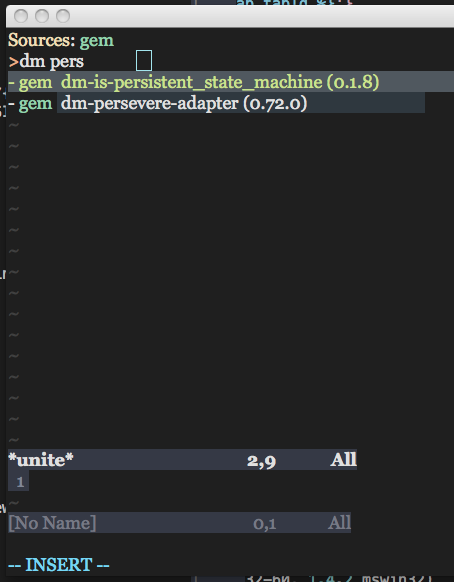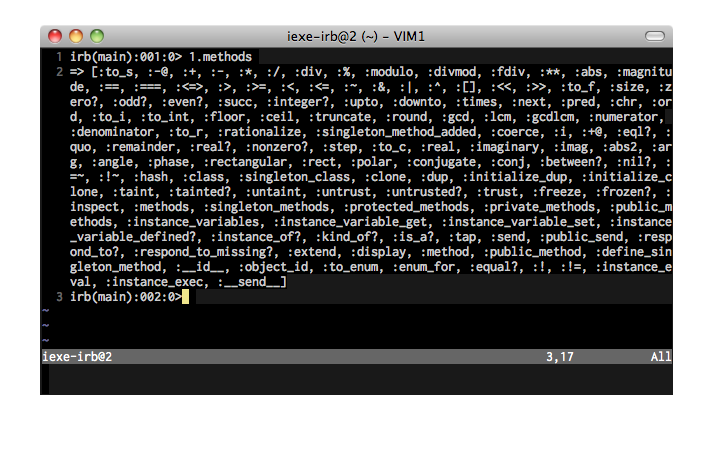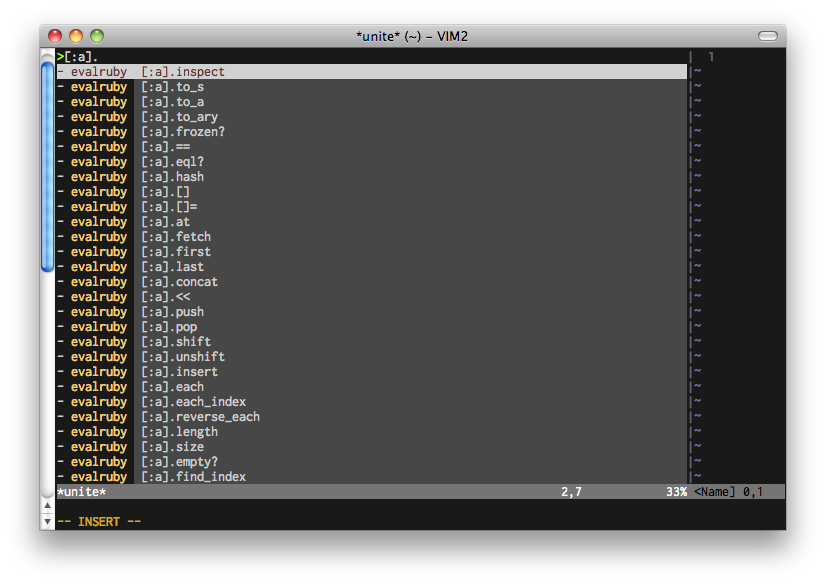¿Cómo se puede explorar y tratar de librerías RubyGems? Hay una gran cantidad de joyas como las estrellas en el cielo. Si lo desea, estar de pie sobre los hombros de gigantes.
Una escena típica de cuando usted está buscando una librería que cumple su trabajo sería como el siguiente, por ejemplo, que busca una librería que está relacionado con DataMapper.
$ gem search dm
No consigues nada porque se le olvidó especificar -r opción.
$ gem search dm -r
Usted obtiene demasiados resultados, porque hay demasiadas joyas que incluyen "dm" en el nombre, por ejemplo "admin" algo.
De todos modos, que finalmente encontró una buena librería cuyo nombre es "dm-is-persistent_state_machine".
$ gem install dm-is-persistent_states_machine
Este failes porque el nombre de la librería correcta es "dm-is-persistent_state_machine", mientras que ha escrito "dm-is-persistent_states_machine". Sí, eso es muy difícil de escribir correctamente cuando el nombre de la librería es muy larga. Puede ser difícil si el nombre no está en su lengua materna. (*1)
unite-gem
Una solución es usar un plugin Unite unite-gem. Después de instalar este plugin, basta con ejecutar
:Unite gem
y el tipo nada. Verá los siguientes resultados.

y se puede reducir el número de candidatos.

a continuación, simplemente pulse <Cr>... el proceso de instalación se produjo. Usted no tiene que introducir el nombre completo de la librería.
Nota
- (
*1): por ejemplo, muchas personas trataron de tipo "nokogiri", pero mal escrita como "nokogirl". Por último los autores Nokogiri realizó una joya alias "nokogirl" y todo el mundo se puso feliz. Este blog es sólo givin una versión más general de la solución.


